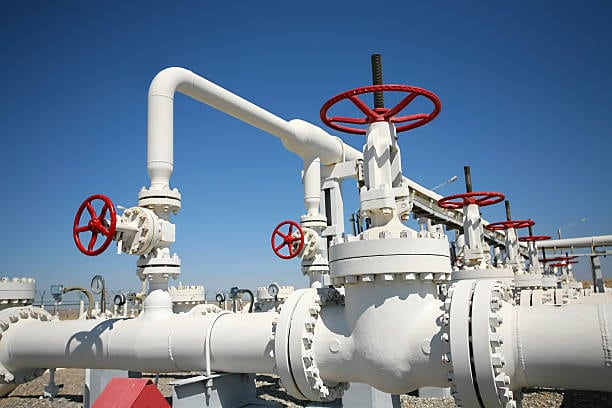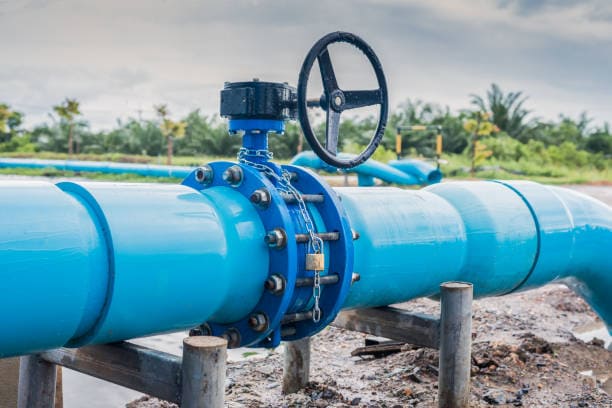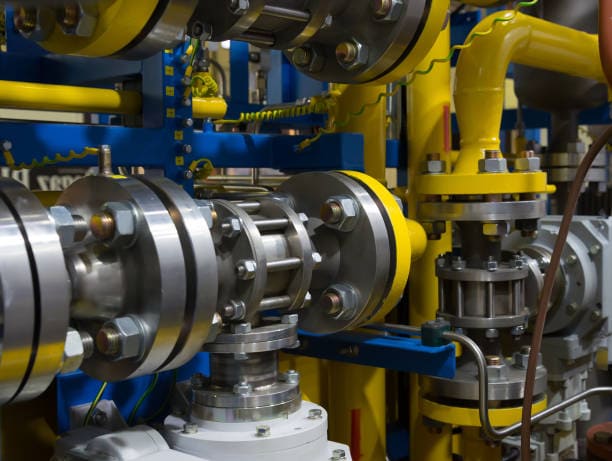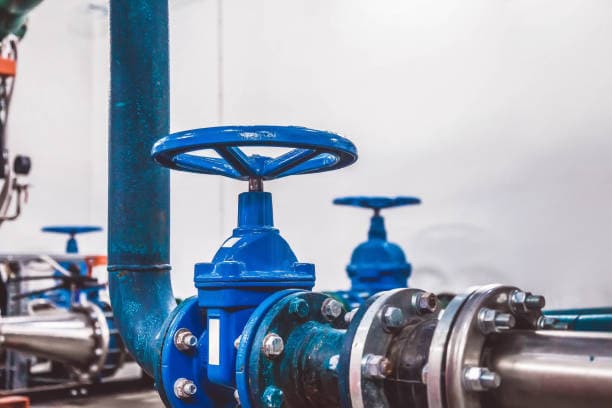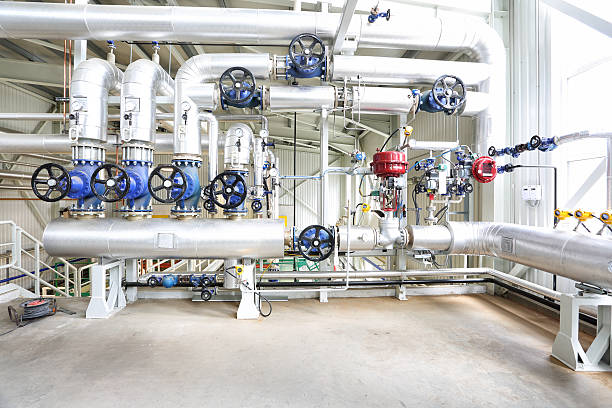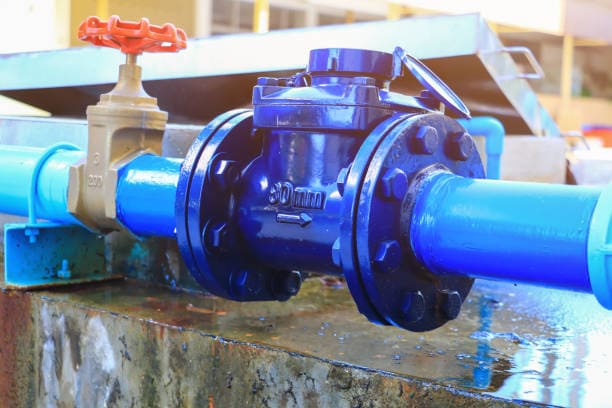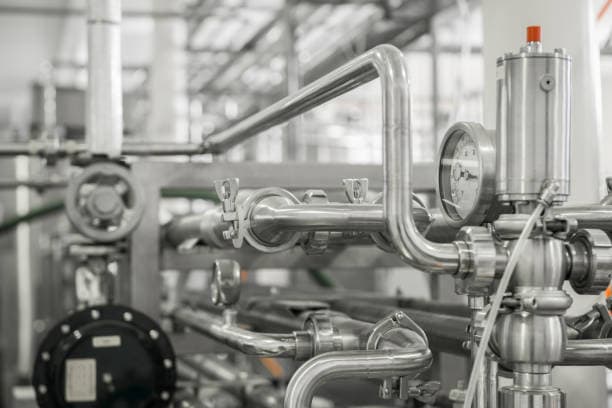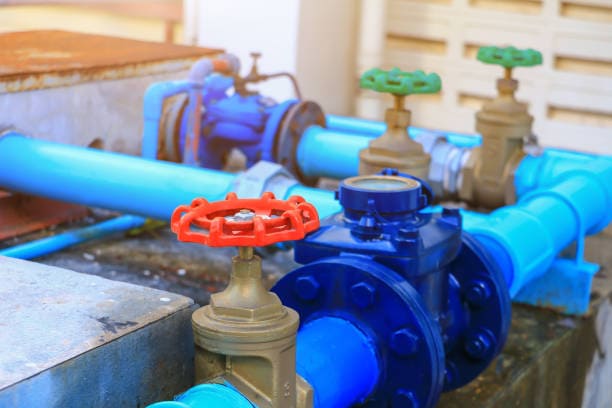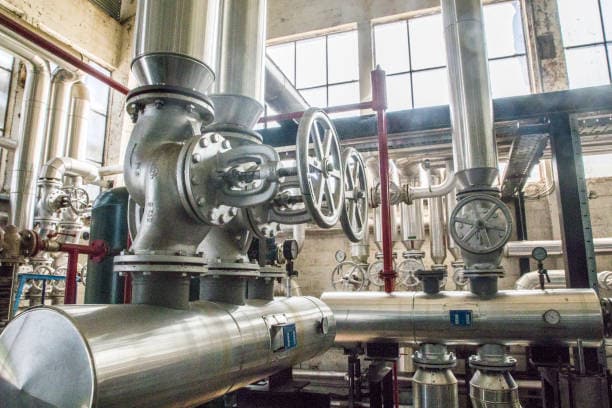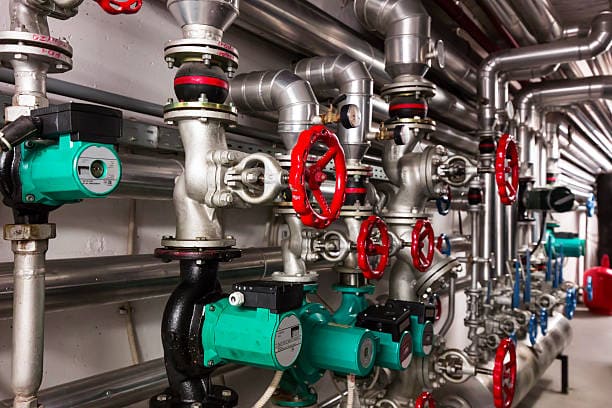Valves, Actuators & Regulators
- Home
- Valves, Actuators & Regulators
Application
Explore the diverse applications where FFC’s electric actuation solutions excel, delivering reliability, precision, and efficiency across industries.
Featured Projects
Discover the successful implementation of FFC’s electric actuation solutions in various finished projects, showcasing our commitment to delivering exceptional performance and reliability.
what is an actuator valve
1. Understanding Actuator Valves
1.1 What are Actuator Valves?
Actuator valves are devices that regulate the flow of fluids or materials through a pipeline. They consist of two main components: the valve itself and the actuator. The valve controls the flow, while the actuator provides the mechanical force necessary to operate the valve, allowing it to open, close, or modulate the flow rate.
1.2 How Actuator Valves Work
Actuator valves operate based on different principles, depending on their type. However, the general mechanism involves converting a signal or input into a mechanical force that moves the valve. Electric actuators utilize electrical energy, pneumatic actuators use compressed air, and hydraulic actuators rely on hydraulic fluid pressure to drive the valve’s movement.
2. Types of Actuator Valves
2.1 Electric Actuator Valves
Electric actuator valves are powered by electricity and widely used due to their versatility and precise control. They utilize an electric motor to generate rotational or linear motion, which is then transmitted to the valve to regulate the flow. Electric actuator valves find applications in various industries, including process automation, water management, and HVAC systems.
2.2 Pneumatic Actuator Valves
Pneumatic actuator valves use compressed air as the driving force to operate the valve. They are known for their quick response, simplicity, and cost-effectiveness. The compressed air is directed to the actuator, which converts it into linear or rotary motion, thus controlling the valve’s position. Pneumatic actuator valves are commonly employed in industries such as manufacturing, petrochemicals, and pharmaceuticals.
2.3 Hydraulic Actuator Valves
Hydraulic actuator valves utilize hydraulic fluid pressure to actuate the valve mechanism. These valves are often preferred for high-force applications and where precise control is required. Hydraulic actuators generate linear or rotary motion through the force exerted by hydraulic fluids, ensuring reliable and accurate valve positioning. Industries like oil and gas, power generation, and heavy machinery employ hydraulic actuator valves.
3. Applications of Actuator Valves
3.1 Industrial Applications
Actuator valves are extensively used in industrial processes for controlling the flow of various substances, such as chemicals, gases, and slurries. They find applications in industries such as food and beverage, pharmaceuticals, chemical processing, and manufacturing.
3.2 HVAC Systems
In heating, ventilation, and air conditioning (HVAC) systems, actuator valves play a vital role in regulating the flow of heating or cooling fluids. They enable precise temperature control and ensure efficient operation of HVAC systems in residential, commercial, and industrial buildings.
3.3 Water Treatment and Distribution
Actuator valves are integral to water treatment and distribution processes. They help control the flow of water in treatment plants, distribution networks, and reservoirs, ensuring proper management and supply of clean water to communities.
3.4 Oil and Gas Industry
The oil and gas industry extensively employs actuator valves for a range of applications, including pipeline flow control, wellhead operations, and refining processes. Actuator valves in this sector withstand high pressures and harsh environments while providing accurate control over fluid flow.
4. Benefits of Actuator Valves
4.1 Precise Control
Actuator valves offer precise control over flow rates and fluid direction, allowing for accurate regulation and optimization of processes. This precision enhances operational efficiency, reduces waste, and improves product quality.
4.2 Remote Operation
With the integration of actuator valves and automation systems, remote operation becomes possible. This feature enables operators to control valves from a centralized location, enhancing safety and convenience, especially in large-scale industrial facilities.
4.3 Safety and Reliability
Actuator valves contribute to enhanced safety and reliability in various applications. By providing swift response times and reliable operation, they help prevent leaks, maintain system integrity, and minimize the risk of accidents or process disruptions.
5. Choosing the Right Actuator Valve
5.1 Considerations for Selection
When selecting an actuator valve, several factors must be considered, such as the nature of the substance being controlled, flow requirements, pressure ratings, temperature limitations, and environmental conditions. A thorough analysis of these parameters ensures the optimal choice of actuator valve for a specific application.
5.2 Sizing and Torque Requirements
Correctly sizing the actuator valve and determining the required torque is crucial for efficient operation. Factors such as pipeline diameter, flow rate, and pressure differentials need to be taken into account to ensure the actuator valve can handle the intended workload.
6. Installation and Maintenance
6.1 Proper Installation Guidelines
Proper installation of actuator valves is essential to ensure their optimal performance and longevity. Following manufacturer guidelines, considering alignment, piping requirements, and valve mounting procedures, helps prevent issues and ensures the system operates smoothly.
6.2 Routine Maintenance
Regular maintenance is necessary to keep actuator valves in good working condition. This includes inspections, lubrication, seal replacement, and calibration of position sensors. Adhering to maintenance schedules and promptly addressing any arising issues helps prolong the lifespan and reliability of actuator valves.
7. Common Challenges and Troubleshooting
7.1 Leakage and Seal Issues
One common challenge with actuator valves is the potential for leaks or seal failures. Regular inspections, proper gasket selection, and swift repair of damaged seals can help mitigate these issues.
7.2 Electrical or Mechanical Failures
Electrical or mechanical failures can occur in actuator valves, leading to malfunctions or reduced performance. Troubleshooting techniques such as checking electrical connections, motor functionality, and mechanical linkages assist in identifying and resolving these problems.
7.3 Actuator Valve Positioning Problems
Improper positioning of actuator valves can hinder their effectiveness. Troubleshooting steps, including verifying sensor calibration, checking for obstructions, and adjusting limit switches, can help rectify positioning problems and restore optimal valve operation.
8. Conclusion
Actuator valves are vital components in various industries, offering precise control and efficient regulation of fluid flows. Electric, pneumatic, and hydraulic actuator valves find applications in industrial processes, HVAC systems, water treatment, and the oil and gas industry. By understanding their functionality, benefits, and appropriate selection criteria, industries can leverage actuator valves to optimize their operations, enhance safety, and improve productivity.
FAQs
Q: Can actuator valves be used for controlling the flow of both liquids and gases?
- A: Yes, actuator valves are versatile and can control the flow of both liquids and gases, depending on the specific type and design.
Q: Are actuator valves suitable for high-pressure applications?
- A: Yes, certain actuator valves, such as hydraulic actuator valves, are designed to handle high-pressure environments commonly found in industries like oil and gas.
Q: Do actuator valves require regular maintenance?
- A: Yes, regular maintenance is necessary to ensure optimal performance and longevity of actuator valves. This includes inspections, lubrication, and seal replacements.
Q: Can actuator valves be remotely controlled?
- A: Yes, with the integration of automation systems, actuator valves can be operated remotely from a centralized control center, improving convenience and safety.
Q: How do actuator valves contribute to process optimization?
- A: Actuator valves provide precise control over flow rates, enabling optimization of processes by adjusting fluid flow to meet specific requirements, reducing waste, and improving overall efficiency.

